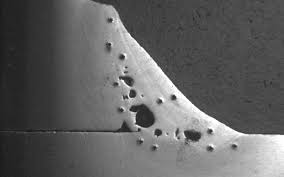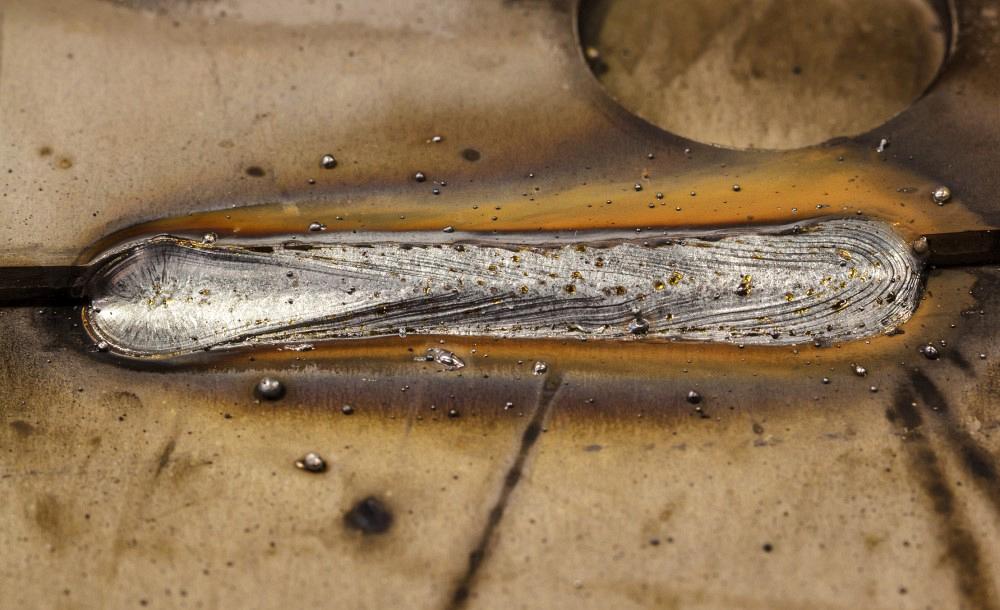How to Recognize What is Porosity in Welding and Improve Your Strategy
Understanding Porosity in Welding: Discovering Reasons, Effects, and Avoidance Strategies
Porosity in welding is a persistent difficulty that can considerably affect the quality and integrity of welds. As experts in the welding sector are aware, comprehending the causes, results, and avoidance methods connected to porosity is important for accomplishing durable and dependable welds. By delving right into the origin of porosity, examining its detrimental impacts on weld top quality, and exploring reliable avoidance methods, welders can improve their knowledge and abilities to create high-grade welds continually. The elaborate interaction of elements adding to porosity requires a thorough understanding and a positive approach to make certain successful welding end results.
Typical Reasons For Porosity
Contamination, in the kind of dust, grease, or rust on the welding surface area, develops gas pockets when heated up, leading to porosity in the weld. Improper protecting occurs when the securing gas, typically used in procedures like MIG and TIG welding, is incapable to completely shield the liquified weld pool from reacting with the bordering air, resulting in gas entrapment and succeeding porosity. Furthermore, inadequate gas insurance coverage, usually due to inaccurate flow rates or nozzle positioning, can leave components of the weld vulnerable, enabling porosity to create.
Effects on Weld High Quality
The visibility of porosity in a weld can substantially jeopardize the total high quality and honesty of the welded joint. Porosity within a weld creates spaces or dental caries that deteriorate the structure, making it much more susceptible to splitting, deterioration, and mechanical failure.
Additionally, porosity can impede the performance of non-destructive screening (NDT) methods, making it testing to spot other flaws or gaps within the weld. This can cause substantial security problems, especially in important applications where the architectural honesty of the welded elements is paramount.

Avoidance Techniques Overview
Provided the detrimental impact of porosity on weld quality, effective avoidance methods are crucial to keeping the structural integrity of bonded joints. Among the main prevention strategies is thorough cleansing of the base materials before welding. Contaminants such as oil, grease, corrosion, and dampness can contribute to porosity, so making sure a tidy job surface area is necessary. Correct storage of welding consumables in dry problems is likewise critical to avoid wetness absorption, which can cause gas entrapment throughout welding. Additionally, choosing the appropriate welding criteria, such as voltage, current, and take a trip speed, can aid decrease the risk of porosity formation. Guaranteeing sufficient securing gas flow and protection is one more critical avoidance technique, as insufficient gas insurance coverage can lead to climatic contamination and porosity. Lastly, proper welder training and qualification are vital for applying safety nets effectively and consistently. By integrating these prevention techniques right into welding methods, the event of porosity can be significantly minimized, leading to more powerful and much more trustworthy welded joints.
Significance of Proper Protecting
Proper protecting in welding plays an essential function in preventing climatic contamination and ensuring the stability of welded joints. Shielding gases, such as argon, helium, or a combination of both, are typically made use of to safeguard the weld swimming pool from responding with components airborne like oxygen and nitrogen. When these responsive he said elements come right into contact with the hot weld swimming pool, they can trigger porosity, leading to weak welds with decreased mechanical residential or commercial properties.

Poor securing can cause various flaws like porosity, spatter, and oxidation, endangering the architectural honesty of the bonded joint. Sticking to appropriate protecting techniques is necessary to create premium welds with marginal problems and make certain the durability and integrity of the bonded elements.
Tracking and Control Techniques
How can welders efficiently keep track of and regulate the Learn More Here welding procedure to ensure optimum outcomes and avoid issues like porosity? One secret approach is through using advanced surveillance innovations. These can consist of real-time tracking systems that supply responses on parameters such as voltage, present, take a trip speed, and gas circulation rates. By continuously monitoring these variables, welders can determine discrepancies from the excellent problems and make immediate adjustments to stop description porosity development.

Furthermore, carrying out appropriate training programs for welders is necessary for checking and controlling the welding process effectively. What is Porosity. Educating welders on the significance of keeping constant parameters, such as appropriate gas securing and take a trip speed, can assist prevent porosity issues. Regular analyses and qualifications can additionally guarantee that welders are competent in monitoring and managing welding procedures
Moreover, using automated welding systems can enhance tracking and control capacities. These systems can specifically control welding specifications, lowering the likelihood of human mistake and ensuring consistent weld quality. By combining advanced surveillance innovations, training programs, and automated systems, welders can properly monitor and regulate the welding process to reduce porosity defects and attain top notch welds.
Final Thought
